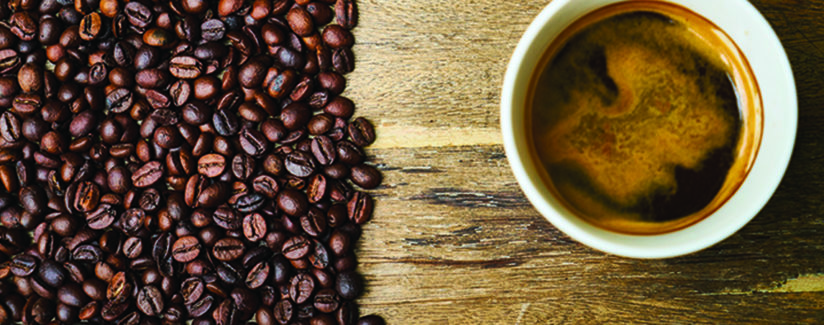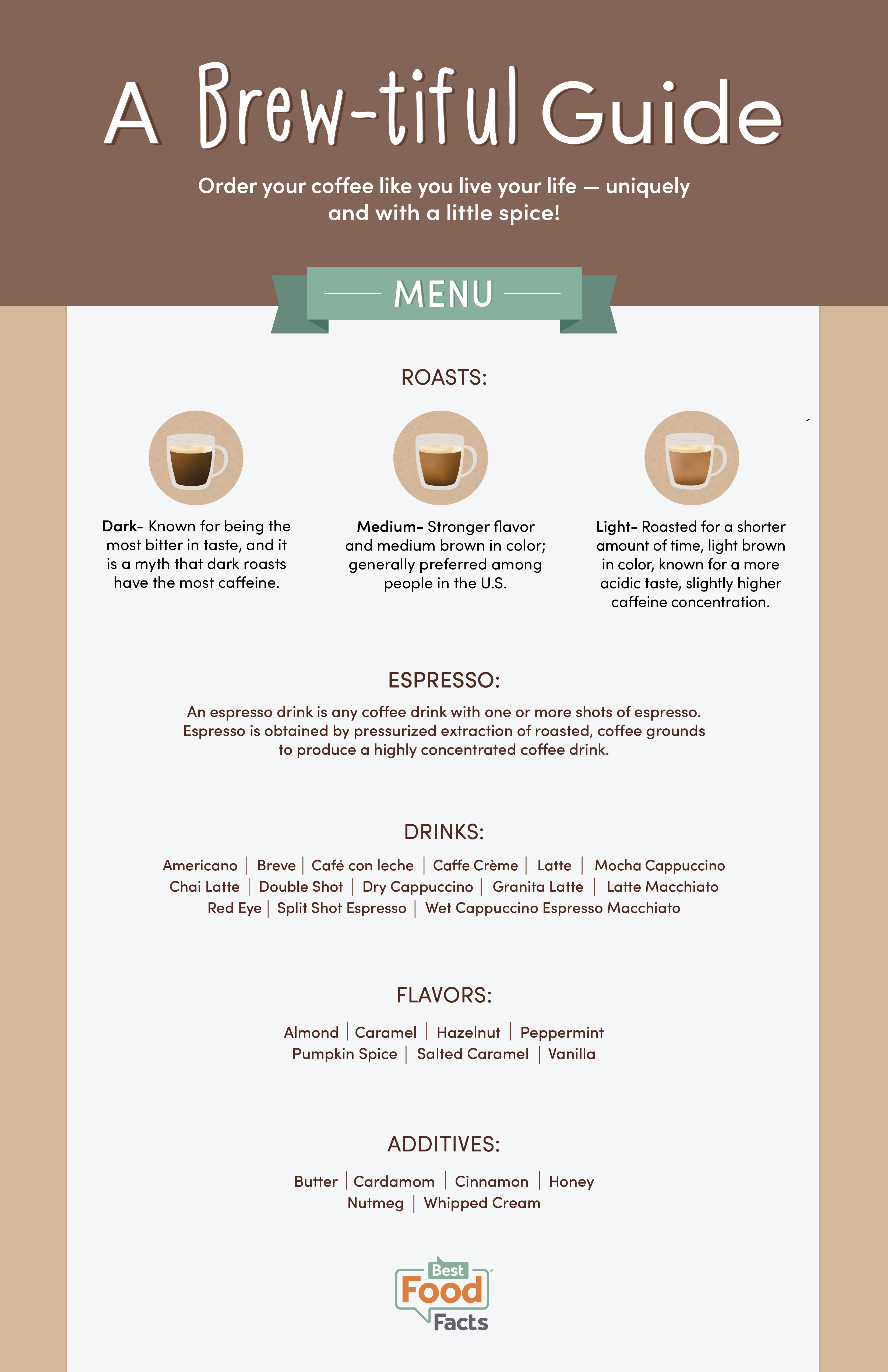
What is the Health Benefit of Coffee?
Words cannot espresso what coffee means to us!
Coffee is part of our daily lives. It helps us wake up in the morning and keeps us going throughout the day. But how often do we ponder the health implications of the numerous cups of coffee we consume? To understand the different nutritional qualities of coffee we reached out to expert Dr. Jonathan Morris, professor of Modern History at the University of Hertfordshire.
Coffee has been known to help digestion, but it may surprise you to hear it has other benefits.
According to the National Coffee Association, in addition to aiding digestion, the caffeine associated with coffee beverages can be linked to many health benefits including reduced risk of stroke, diabetes and postmenopausal breast cancer.
“Coffee contains significant amounts of soluble fiber (in this case hot brewed is an advantage as it extracts better) – in fact the same Starbucks Grande Brewed Coffee would give you around 3 grams or roughly 10% of your daily fiber needs,” Morris said. “Indeed, around 30% of us report that coffee works as a fast-acting laxative – not a bad way to keep you regular as we say in the UK. However, while this works with black coffee, remember that once you add milk, cream, syrups etc. you have converted it from a digestive into a dessert.”
We asked Dr. Morris what the differences are in the three common roasts of coffee — light, medium and dark.
“Dark roasts are dominated by the taste of the roast itself, which is why they are often used for inferior quality coffees,” Morris said. “This is particularly important when we consider that of the two species of coffee grown commercially, the cheaper one, Robusta, is widely perceived as having an inferior bitter rubbery taste that is best overcome through dark roasting.”
Robusta has twice the caffeine content of Arabica, the older species used for coffee production, Morris said. The difference in concentration will likely have a different physiological impact on the body and an undoubted difference in taste, he added.
“If you are worried about caffeine content, then start by ascertaining if your preferred coffee is made up of 100% Arabica beans,” Morris says.
Although the roasts may taste different, they only have slight health variations.
“The health implications of the different levels of roasting need to be understood within this context,” Morris said. “If a batch of coffee is split into two parts, one roasted light and the other dark, then the darker roasted will have slightly lower levels of caffeine concentration than the light roasted – but the difference is in the order of 0.1 percent so it’s unlikely to provoke any difference in the physiological experience of the average individual.”
Dark roasted coffee contains lower levels of Acrylamide, which is suspected of being carcinogenic at very high levels of exposure, Morris said. A California court ruling in 2018 led to a requirement that coffee should be sold with a cancer warning due to the presence of Acrylamide. This ruling was overturned in 2019 because of the overwhelming evidence that such levels were insignificant. Now, counter-literature exists associating coffee drinking with improved health outcomes, Morris explained. Perhaps the most substantive advantage of darker roasted coffee is that it contains more N-methylpyridinium, which inhibits gastric acid production in the stomach.
Coffee can even boost your metabolism!
Caffeine has been known to increase the metabolic rate up to 11 percent by increasing how quickly the body burns fat. This effect varies from individual to individual, Morris says.
Knowing these facts, the question we are all wondering is — how many cups of coffee are safe to consume daily?
“And so we reach the holy grail of all writing about coffee and health,” Morris said. “By now, you should have hopefully realized that there is no simple answer to this question.”
The beans used, the type of brew and the size of the cup are significant factors that change the outcome of your consumption, explained Morris.
“And a lot of those outcomes are somewhat counter-intuitive: for example, that Tall (read small) cup of Brewed Blonde Roast coffee you thought represented the safest way to go in Starbucks comes with 270 mg of caffeine, while the tough guy sipping his Espresso only has to cope with 75 mg,” he said.
Furthermore, like alcohol, our bodies metabolize caffeine in different capacities and the body can build up a resistance to caffeine if you’re a habitual coffee drinker, Morris said.
“But don’t give up hope,” says Morris. “Nearly all the macro-analyses of coffee drinkers find that some form of moderate consumption of whatever you prefer in whatever size cup you take it, result in positive health outcomes in comparison to total abstention. Most of them tend to situate that figure as between 1 to 5 cups a day.”
Because majority of us drink at least one cup of coffee every day, it is important to know how this can affect our health. Coffee has been studied extensively and is shown to improve mood, digestion and reduce risk to some diseases. Take a look at the difference between hot brew coffee and trending cold brew coffee.


























